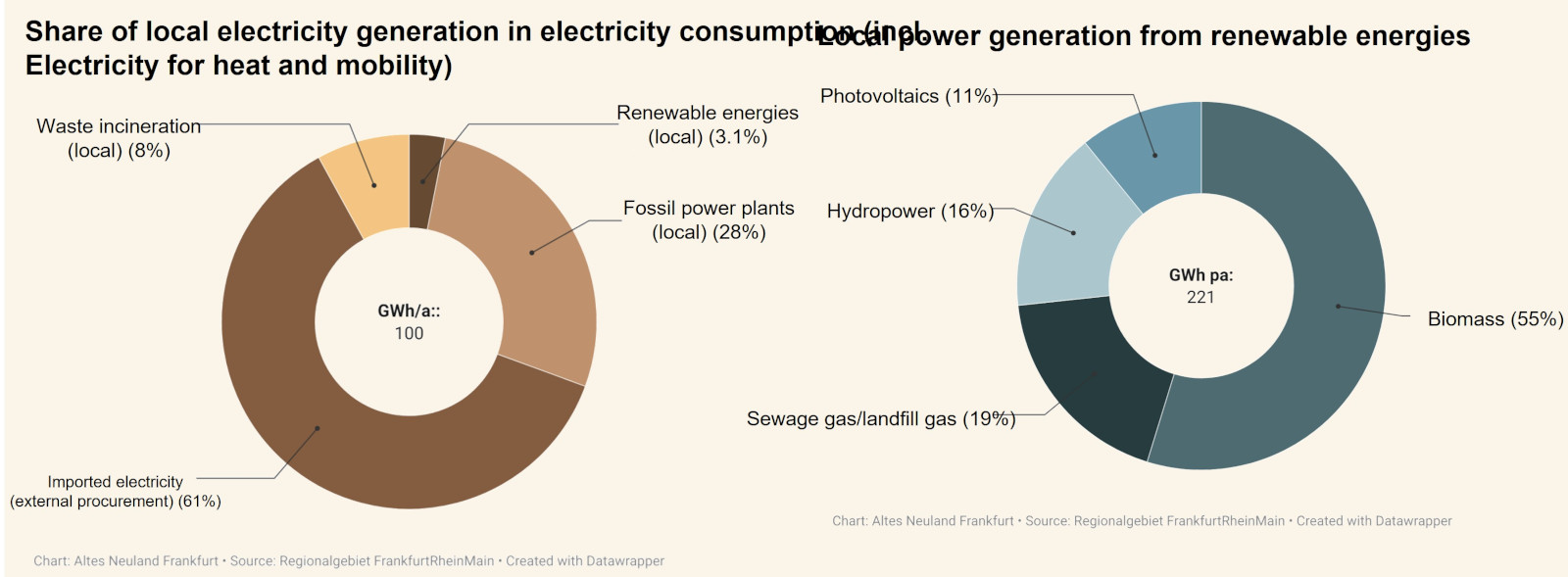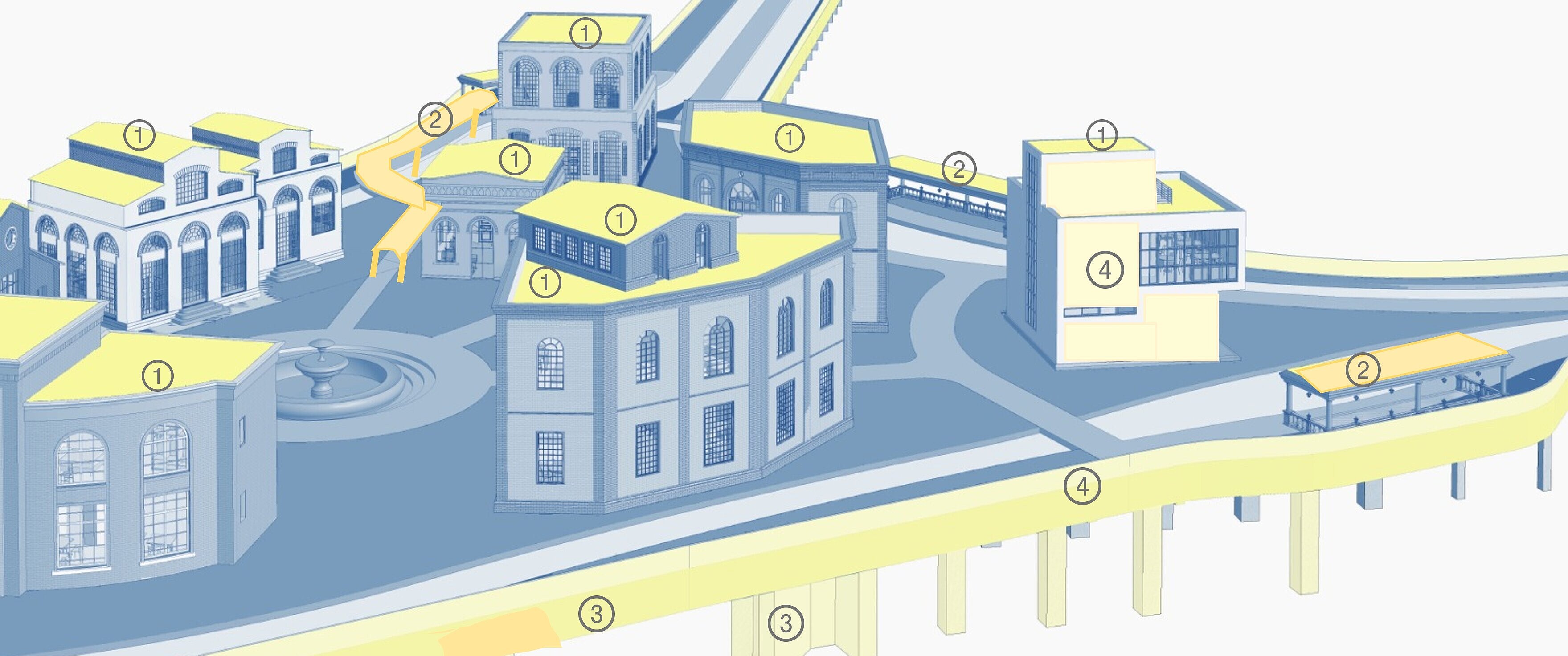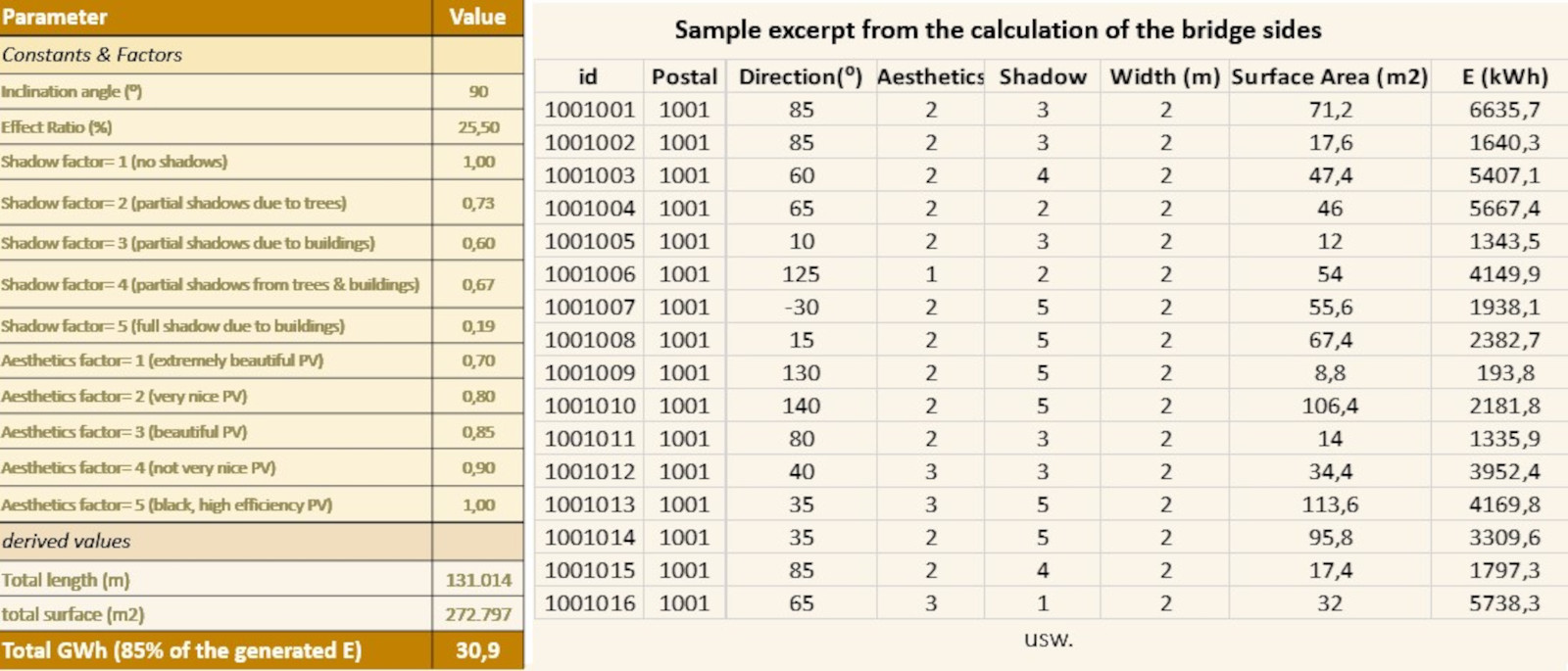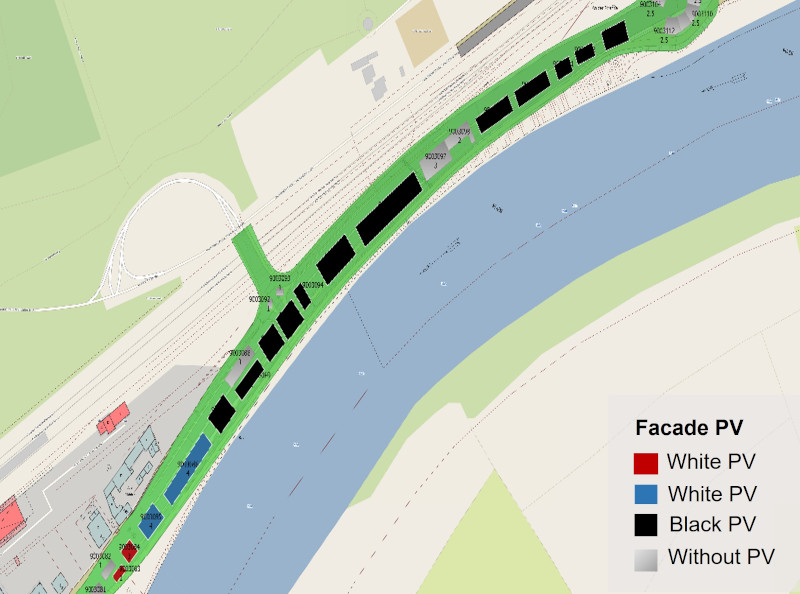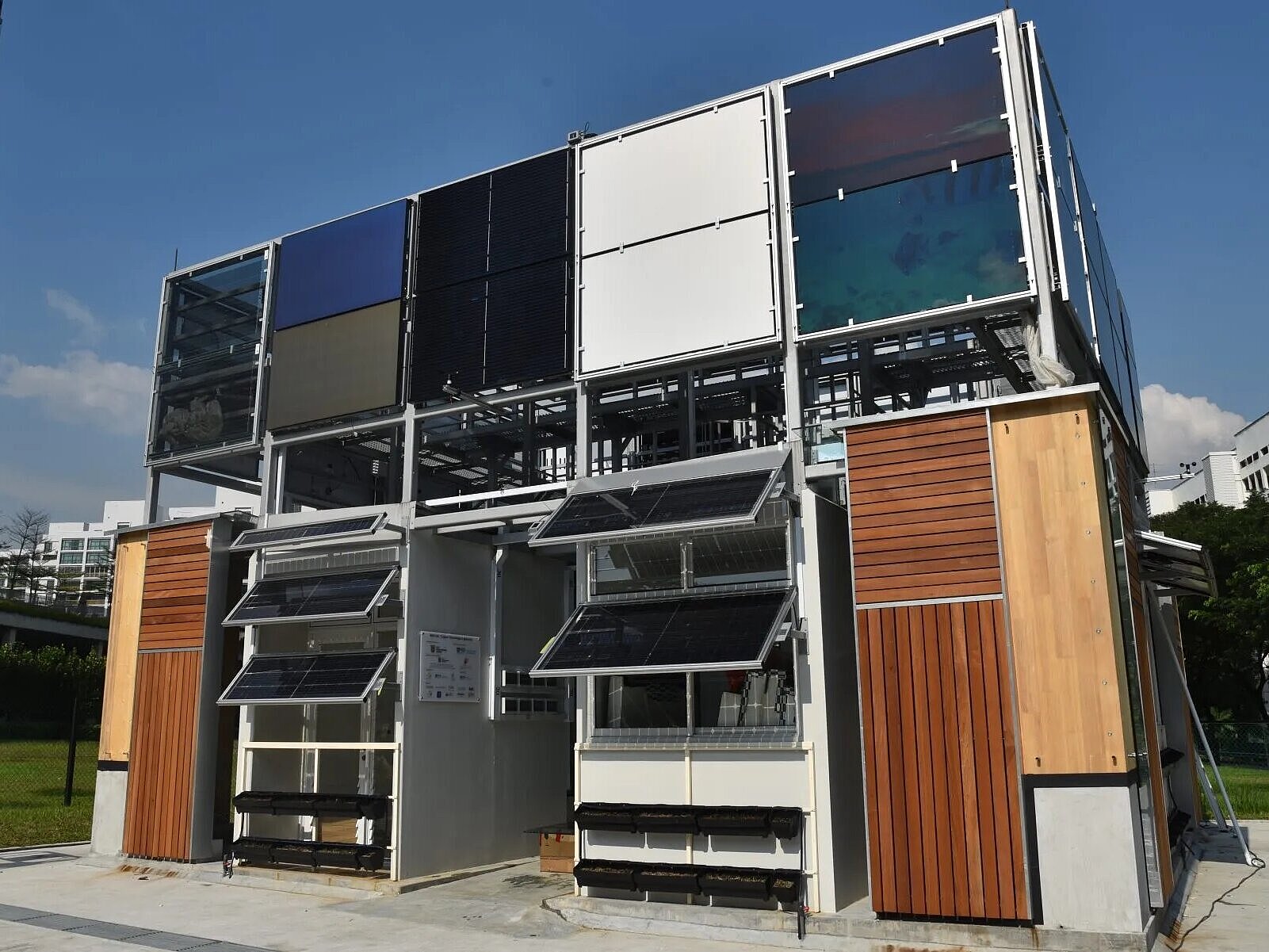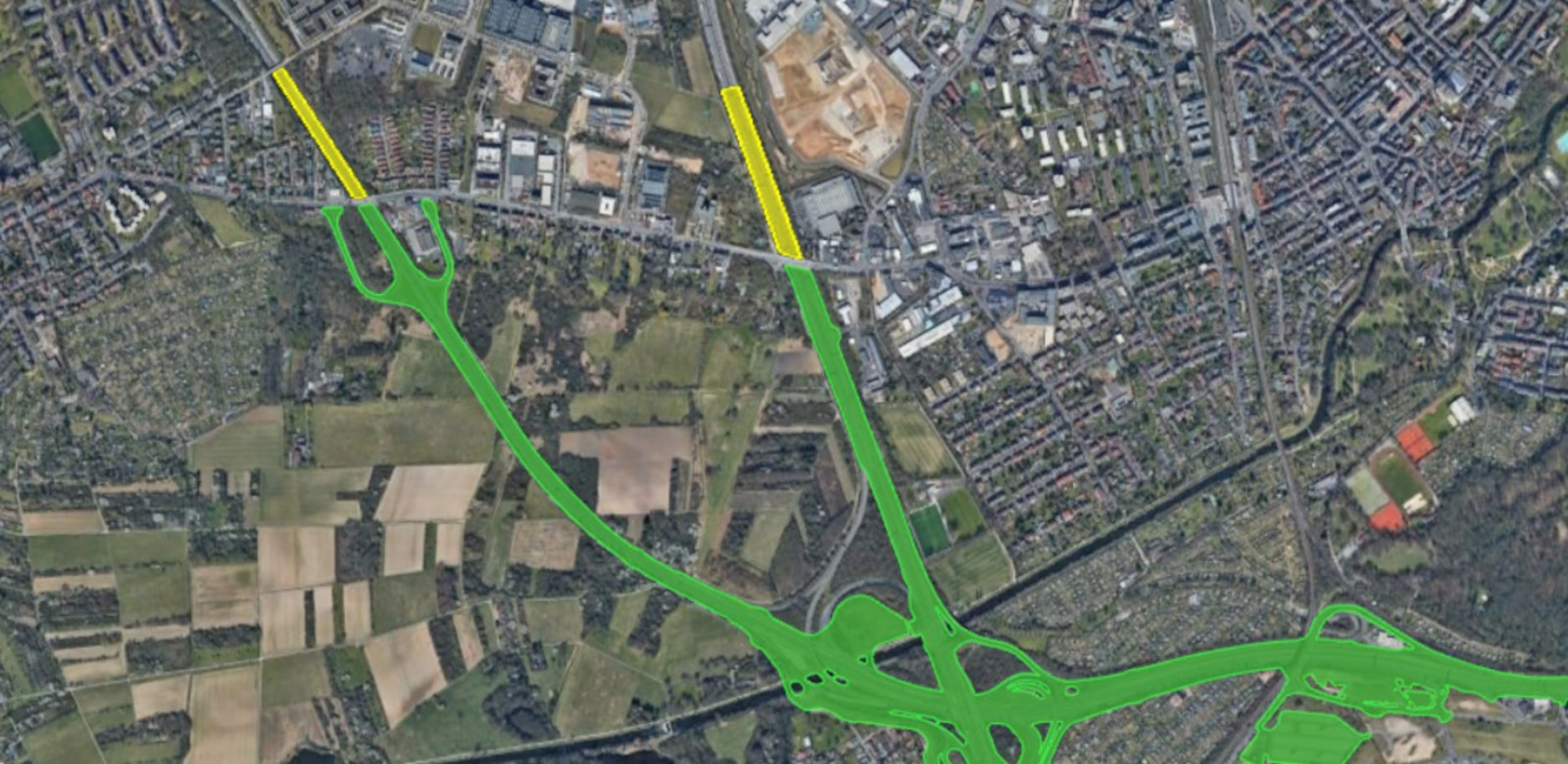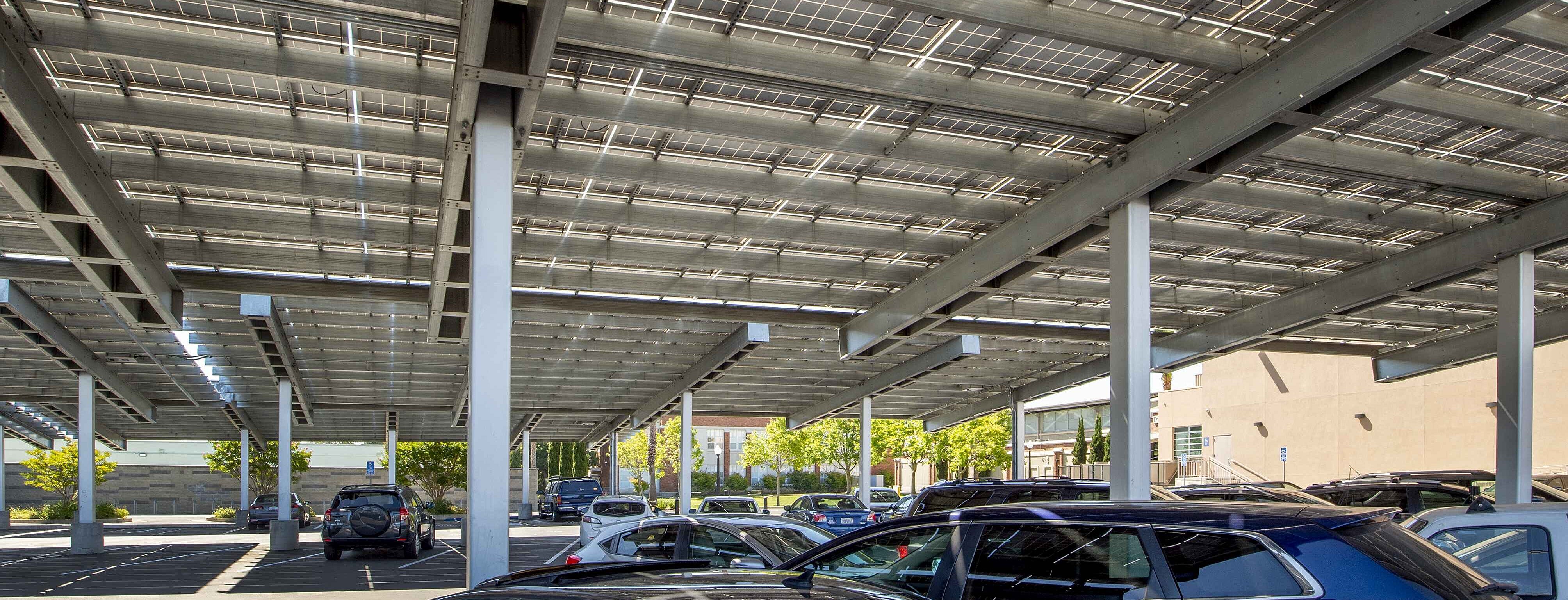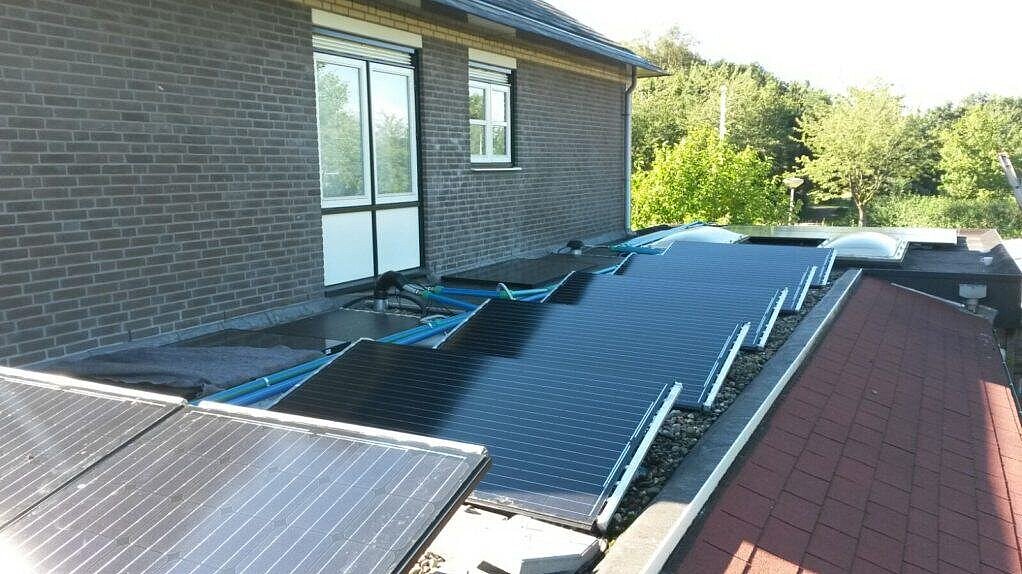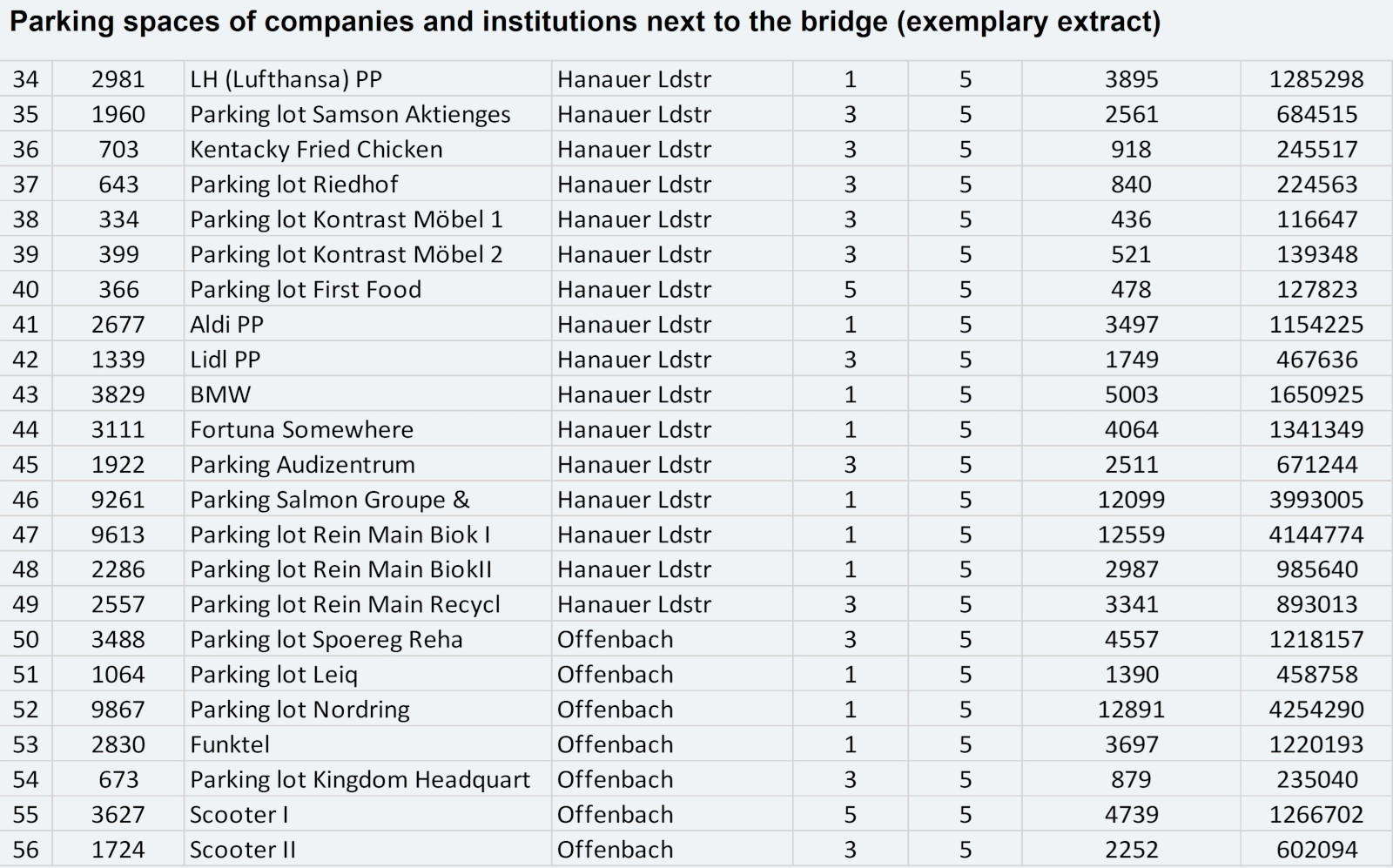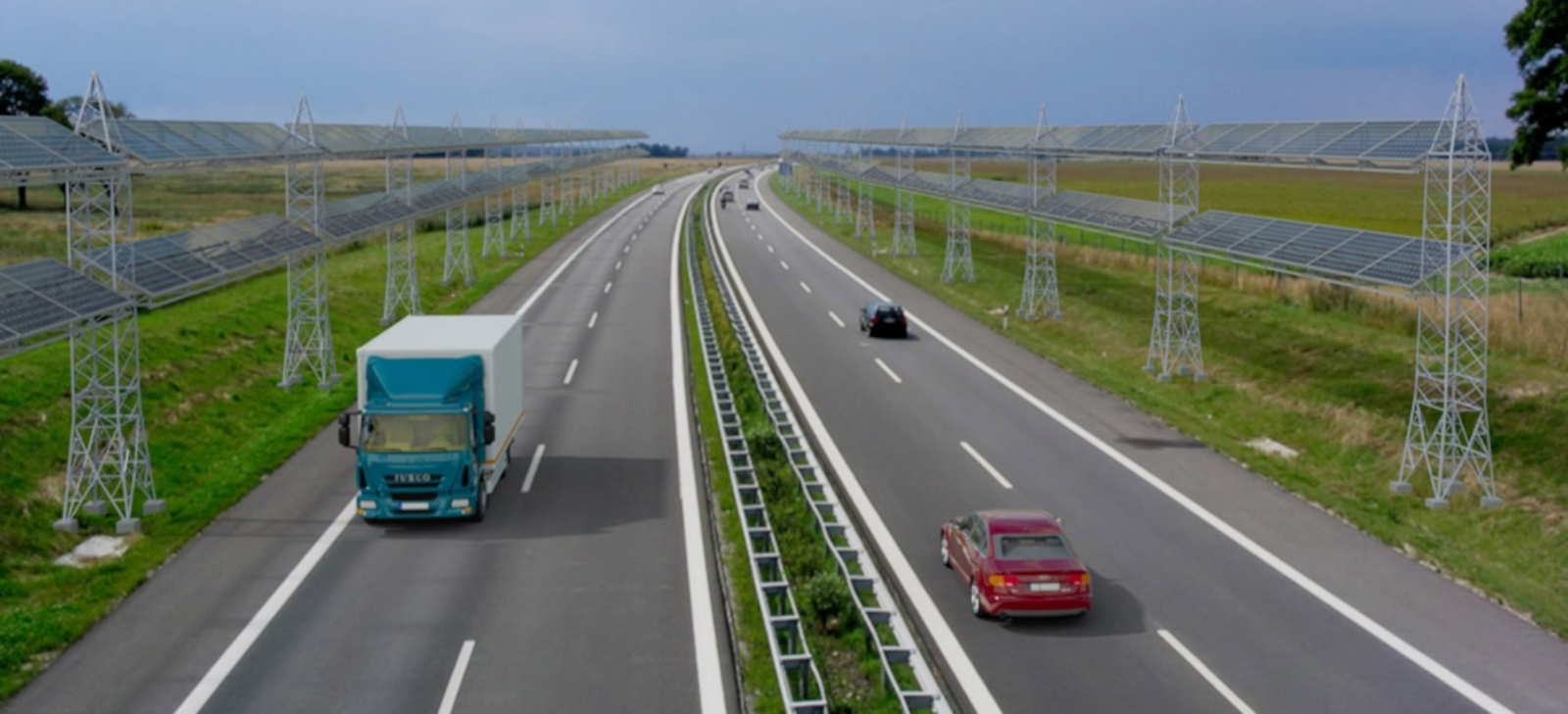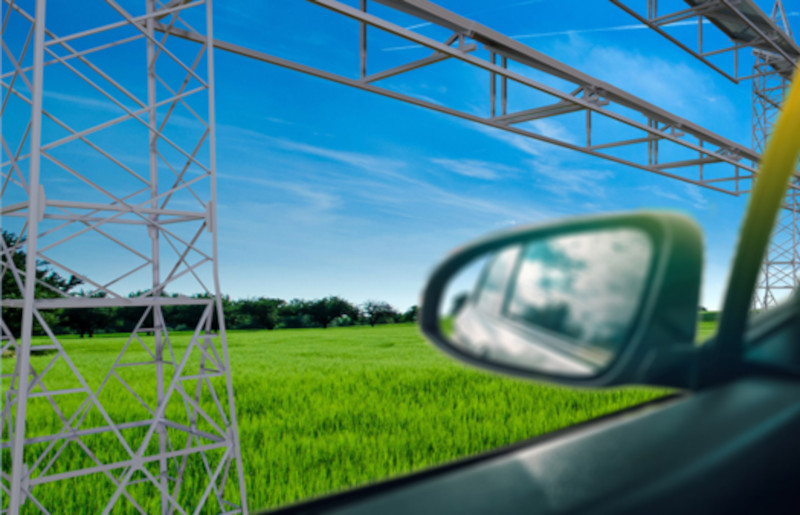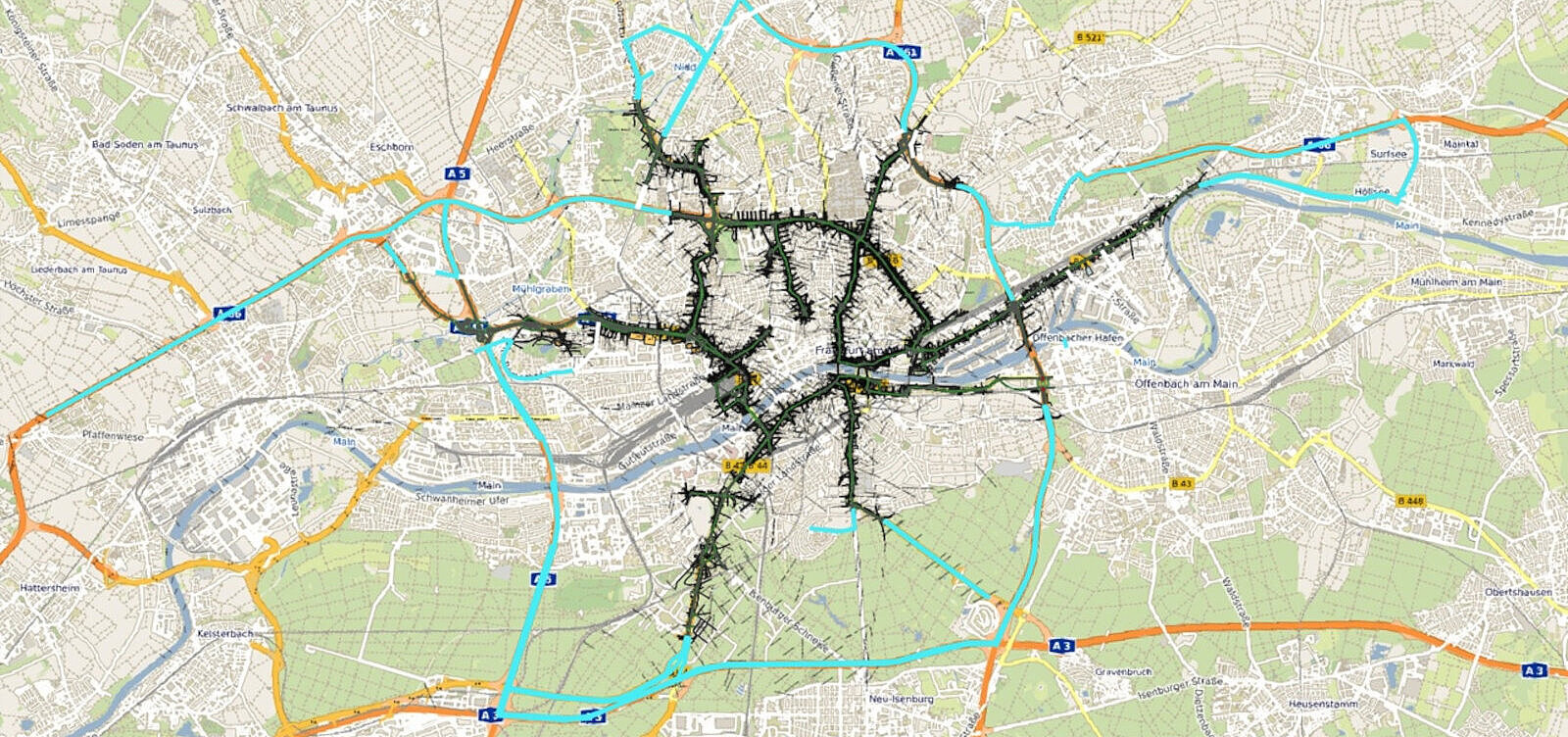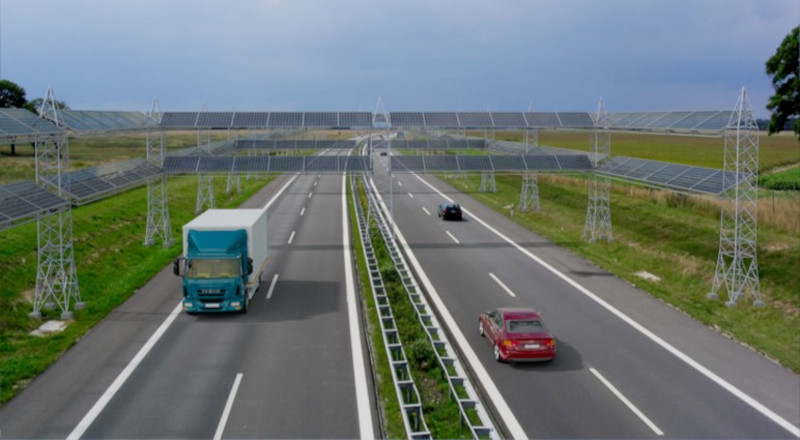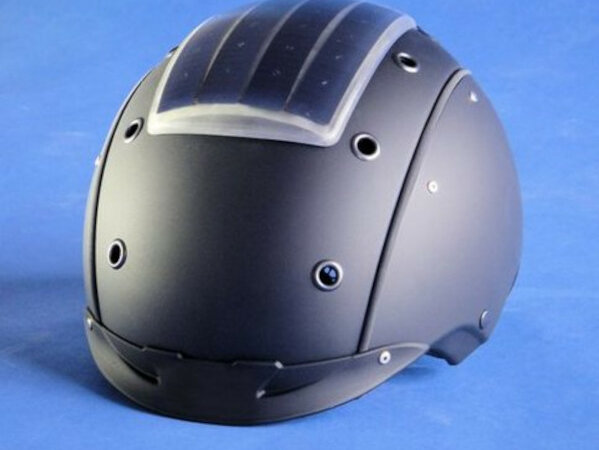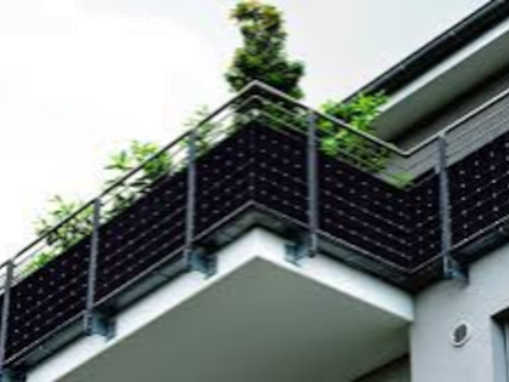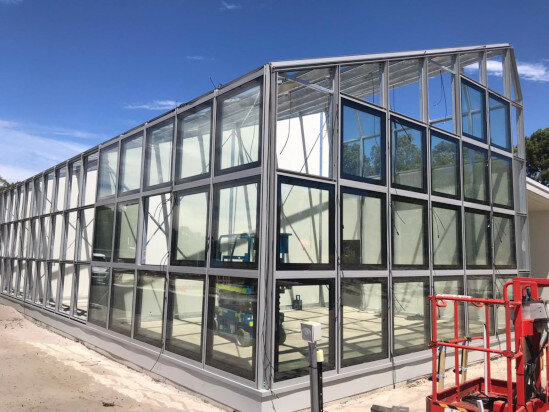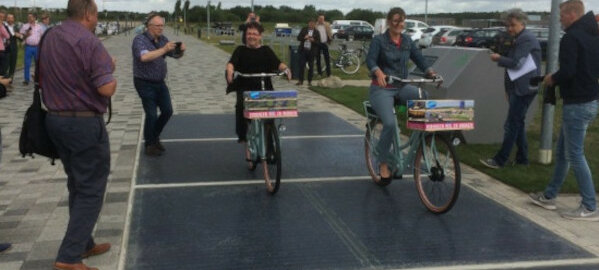Why isn't more photovoltaics being installed at the moment?
On the one hand, it should not be underestimated that our power grids were not originally designed to collect and transmit decentralized and highly volatile surplus electricity. However, while control systems for this purpose are being further developed and expanded, property owners, particularly in inner-city locations, are not yet following suit to the same extent.
For one thing, homeowners in existing buildings balk at the expense of tinkering with a working, leak-proof roof or running new lines through rented space.
In addition, the power supply from the central utility Mainova is cheap, convenient and already connected. The interplay between self-use of self-generated electricity and feeding the surplus into the utility grid also represents an additional effort for many homeowners in terms of control technology.
And another important knockout criterion for many building owners: photovoltaic systems usually do not change the appearance of a building in its favor, since they are classically developed primarily with efficiency in mind, not beauty.
On the bridges, all this is to change: everywhere where citizens can see the surfaces, aesthetically pleasing or inconspicuous photovoltaics will be installed. On the outer arms of the bridges, on the other hand, where hardly anyone looks at them from the side or above, much more efficient and visually less attractive photovoltaics will be used.
On the bridges, there is also no individual billing per building with the supplier Mainova, but there is an internal "netting" within the quarter, and a balancing with Mainova only takes place via internal supply nodes, the "supply centers".

